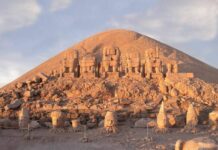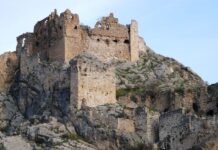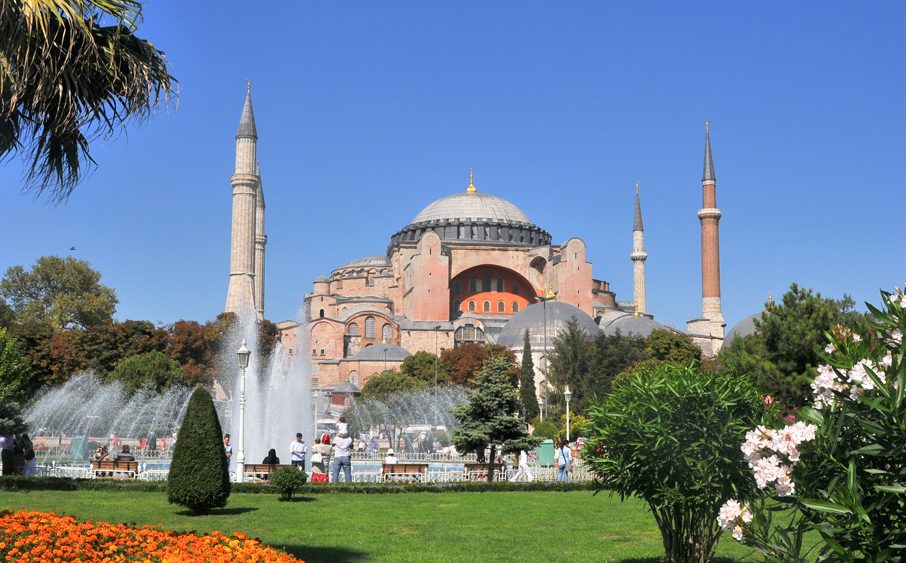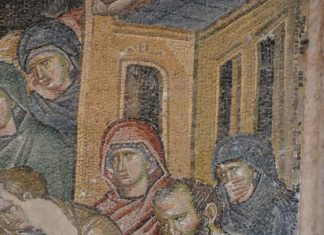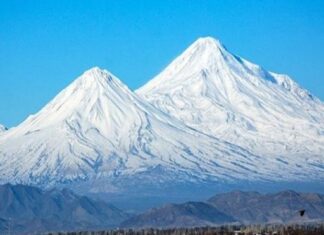Location and History of Laodicea
Laodicea was the last city on the seven cities route. It was located nearly 100 miles east of Ephesus, at the eastern end of the Lycus Valley. The city was destroyed several times by earthquakes during the reigns of Augustus Caesar (27 B.C. – A.D. 14), Tiberius Caesar (A.D. 14-37), and Nero (A.D. 54-68). Despite being destroyed, Laodicea was wealthy enough to rebuild itself after the A.D. 60 earthquake. In the book of Revelation, the church in Laodicea is described as saying, “I am rich; I have acquired wealth and do not need a thing” (Revelation 3:17) The Seven Churches of Asia Minor.
Excavation of Laodicea
Laodicea was not excavated until 2003. Most of what we know about the city comes from coins and inscriptions. Only a few parts of the city wall and its gates can still be seen. A major street has been uncovered, and parts of a Greek and Roman theater are still preserved. There is also a small Roman odeion (a type of performance hall) near the road that has not been excavated yet. Some parts of a water tower and a few miles of an aqueduct still stand Private Turkey Tours.
The Lukewarm Water of Laodicea
The Meaning of “Lukewarm”
The letter in the book of Revelation (3:16) addressed to the people of Laodicea says, “Because you are lukewarm, and neither cold nor hot, I will vomit you out of my mouth” (NKJV). This description may be related to the fact that Laodicea was only six miles from Hierapolis, a famous resort city known for its hot springs. The water there was warm and not good for drinking, but it was great for swimming. People who drank the water from Hierapolis would often spit it out because of its unpleasant taste. The people of Laodicea would have been familiar with this and understood the idea of “lukewarm” water.

